Chasing storms with cameras: Interview with Jamie Betts
Addicted to photographing severe weather, Richmond photographer Jamie Betts lets us in on this high-risk, and often dangerous hobby, that results in stunning images of Mother Nature at her angriest. He shares photographs from storms in Maryland, Virginia, Kansas and Switzerland. “My popular ‘McDonald’s strike’ photo documents one of my many close calls,” Betts said. “That strike was only a couple hundred yards away and it was so bright I was temporarily blinded.”
- Supercell in Baltimore. (Photo Credit: Jamie Betts)
- Wall cloud from storm in Baltimore. (Photo Credit: Jamie Betts)
- Storm strikes Bowling Green, Va. (Photo Credit: Jamie Betts)
- Severe weather in Richmond, Va. (Photo Credit: Jamie Betts)
- Lightning in Richmond, Va. (Photo Credit: Jamie Betts)
- Goochland County, Va. (Photo Credit: Jamie Betts)
- Wichita, Kansas. (Photo Credit: Jamie Betts)
- Mammatus cloud in Kansas. (Photo Credit: Jamie Betts)
- Wall cloud in Kansas. (Photo Credit: Jamie Betts)
- Lucerne, Switzerland. (Photo Credit: Jamie Betts)
- Lightning strikes. (Photo Credit: Jamie Betts)
- Flood. (Photo Credit: Jamie Betts)
HOW LONG HAVE YOU BEEN PHOTOGRAPHING SEVERE STORMS? HOW DID YOU GET INTO THIS TYPE OF PHOTOGRAPHY?
For about 8 years now, but I always had a fascination for severe weather even before I began photographing storms. My photographic interest in severe weather began when I captured my first image of lightning. I was immediately addicted and couldn’t wait for the next storm to come through. New technological advances in cameras and radar phone applications have played a huge part in my recent explorations.
WHAT KINDS OF STORMS HAVE YOU PHOTOGRAPHED? ARE THERE ANY TYPES OF STORMS (i.e. tornadoes, hurricanes, lightning, blizzards) THAT YOU WOULD LIKE TO GET MORE UP CLOSE?
I have photographed everything from hurricanes to snow storms, but the majority of my focus is on severe thunderstorms. Thunderstorms are as captivating as they are unpredictable and they provide amazing opportunities for images of lightning. This summer, I was able to photograph a beautiful storm over the city of Lucerne, Switzerland. Last summer, I traveled to Kansas to chase a high-risk tornado outbreak. I would like to do that again next spring. One of my goals as a storm chaser is to capture a funnel cloud up close.
AS A STORM CHASER, CAN YOU DESCRIBE THE EXPERIENCE? WHY DO YOU DO IT?
There is definitely a huge thrill factor for me. I love not knowing exactly what will transpire, while also knowing that I will be at ground zero for whatever does. I am a full-time professional photographer, so it blends my two favorite passions into one exciting experience. I also have become much more educated about weather and storm tracking. With today’s radar and GPS navigation, I can place myself right where I need to be to get the shot while keeping safety in mind.
YOU MENTIONED THAT YOU TRAVELED TO KANSAS TO PHOTOGRAPH SEVERE WEATHER? WHAT WAS THAT EXPERIENCE LIKE?
It was awesome! Definitely a long drive but well worth the trip. There was a rare three-day outlook that was predicting a high-risk area in Kansas. That gave me and a friend time to make the journey and be in position to chase on the day of the outbreak. The first night we stayed in Wichita and then headed west toward Greensburg, Kansas, the next day. Storms were beginning to develop early that afternoon and it wasn’t long before there were tornado warnings. We ended up chasing about four or five tornado-warned super cells that day and witnessed golf-ball-sized hail, amazing cloud structures and eerie rotating wall clouds. Finally, at the end of the day we saw a sizable tornado touch down after chasing the area of circulation for many miles. It was a great end to a long day and journey.
AND MOST RECENTLY, YOU PHOTOGRAPHED A STORM IN MARYLAND? HOW DID YOU DECIDE YOU WERE GOING TO PHOTOGRAPH IT? CAN YOU WALK US THROUGH YOUR MINDSET WHEN YOU DECIDE ON A STORM AND THEN GO OUT AND SHOOT IT?
I check the weather reports daily and I’m always looking for certain kinds of set-ups, particularly ones that produce large thunderstorms with the potential for tornadoes. These are fairly rare on the East Coast but every now and then the conditions are there.
Fortunately, Aug. 15, 2012, was one of these days. A cold front from the north was meshing with warm humid air from the south and there was sufficient wind shear. This type of set-up is what usually produces large supercell thunderstorms and the chance for tornadoes. I had decided to target the Delaware, Maryland Peninsula because the conditions were most favorable there. As the day went on, it became apparent that the storms were developing further west. I knew I didn’t have time to make it to Baltimore before the storm hit, so I decided to shoot it from across the Bay. I had made it to the Love Point Road peninsula in Chester and was looking for the ideal location to set up my shot. I made it to the northern tip of the island and found a beautiful location with a wonderful vantage point of the storm. Unfortunately, it was on private property, so I took a chance and asked the homeowner if I could set up in her yard and she said, yes. I shot the storm for about an hour before it moved off to the Northeast and out of range.
WHAT’S YOUR CAMERA SET-UP LIKE WHEN YOU’RE STORM CHASING?
I bring my my Nikon D700 and Nikon D800E DSLR cameras. One can shoot HD video if needed. I always bring my wide angle and telephoto lenses. I also bring a Go Pro HD video camera that mounts on my car’s dashboard and can record the chase as it is happening. A sturdy tripod is an absolute necessity when photographing lightning or storms at night.
HAS THERE EVER BEEN A POINT WHEN YOU HAD THAT MOMENT AND YOUR LIKE… “WOW, THIS IS DANGEROUS?”
Yes. Very recently actually. I was near Petersburg, Va., and got caught in a violent tornado-warned cell. I couldn’t get ahead of the storm because of the road network and the storm just caught up with me. I had to pull over, so I just filmed the onslaught. Any time a storm catches up to you, there’s a potential for a very dangerous situation. Lightning injures hundreds of people each year and I’ve had my fair share of close strikes. My popular “McDonald’s strike” photo documents one of my many close calls. That strike was only a couple hundred yards away and it was so bright I was temporarily blinded. I definitely thought “Wow, this is dangerous!” when that one struck.
ANY ADVICE FOR AN AMATEUR PHOTOG WHO WANTS TO TRY THEIR HAND AT PHOTOGRAPHING A SEVERE STORM?
Be careful. Storm chasing is extremely dangerous. You need to have a clear understanding of weather and storm tracking and you need to know when it’s time to vacate the area. Mother Nature is not something to play with. Also, be patient. It takes a long time to get the perfect shot. You may spend all day chasing a storm and return home without a single image. That’s just the nature of the game. If you stay at it and keep chasing, you’ll eventually get the money shot. It’s all about putting yourself in the right place at the right time.
For more work by Fine Arts Photographer Jamie Betts: JamieBettsPhoto.com | Facebook | Flickr

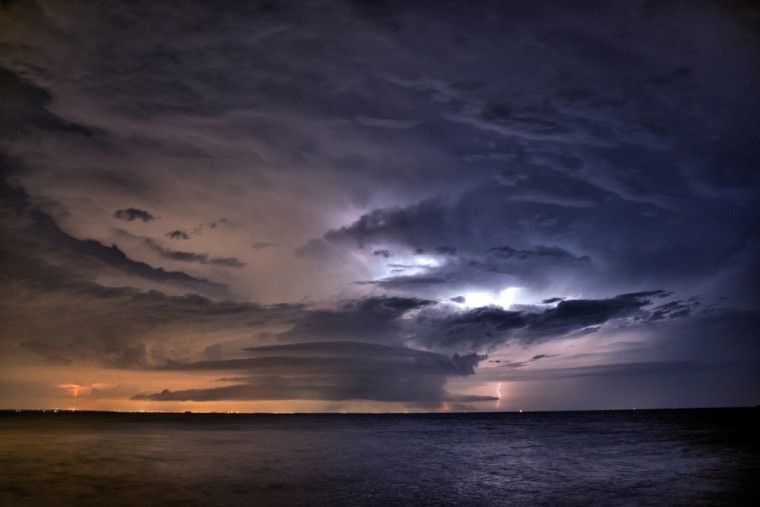
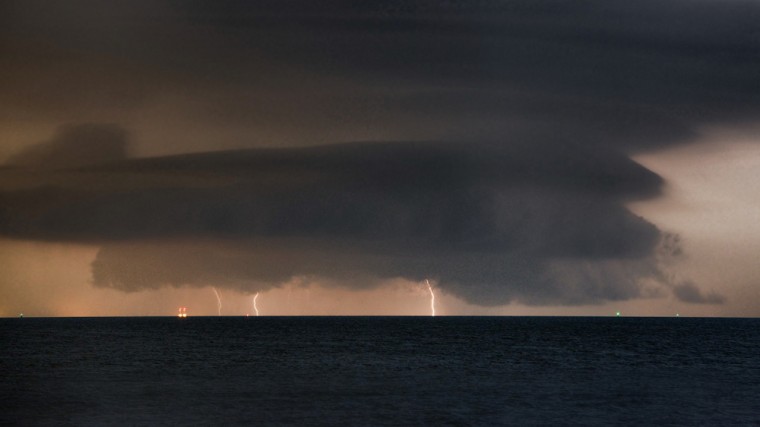
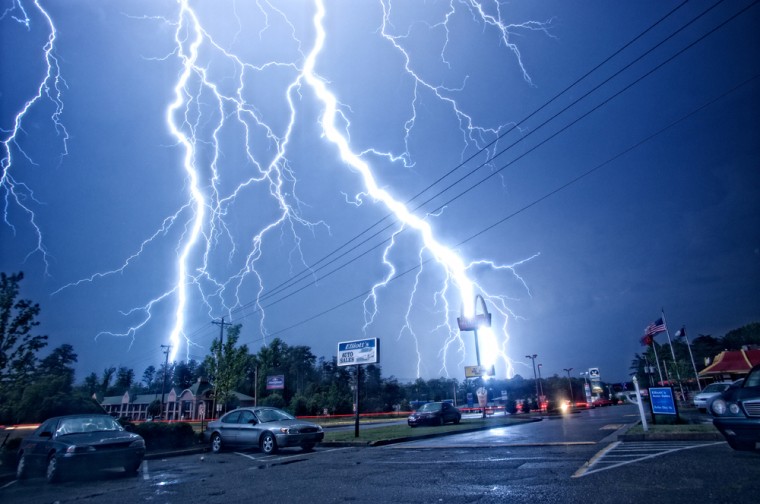
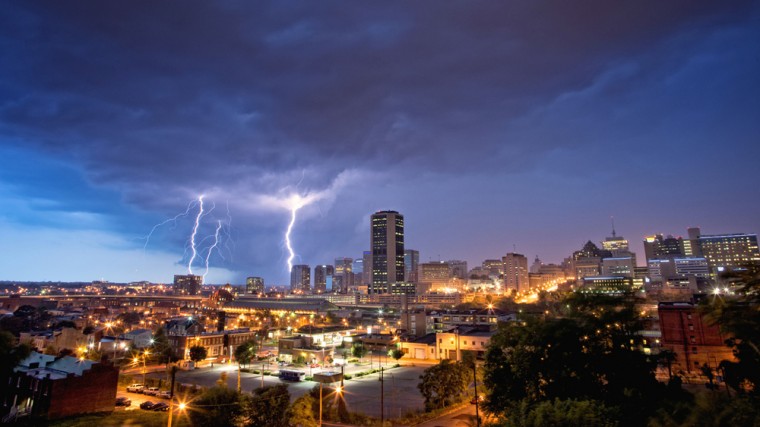
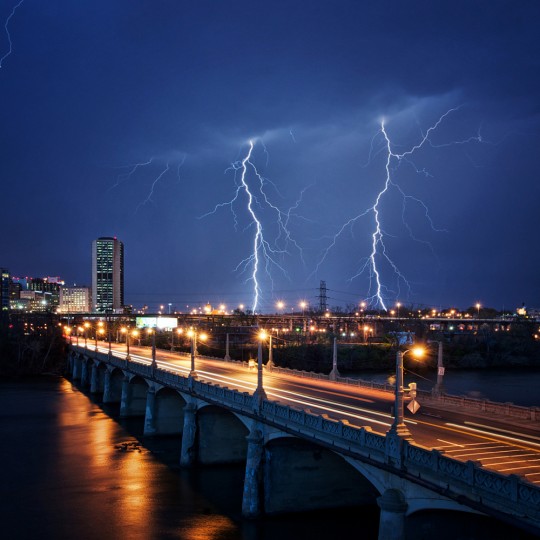
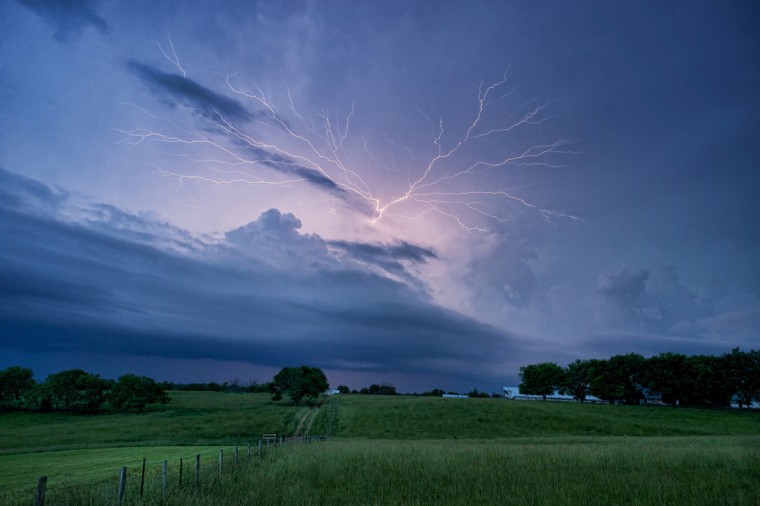
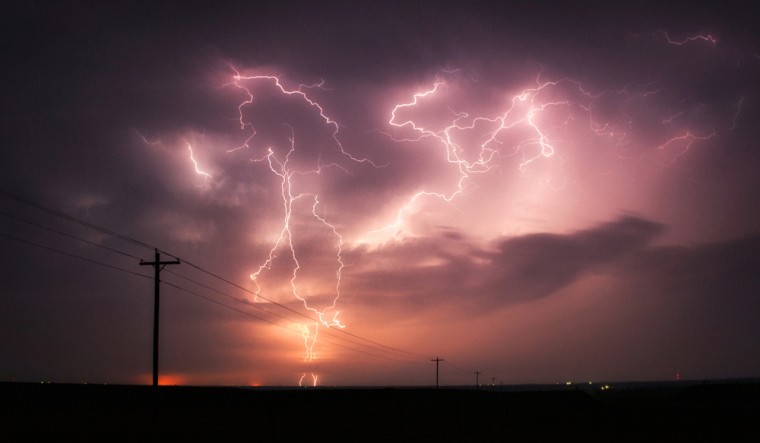
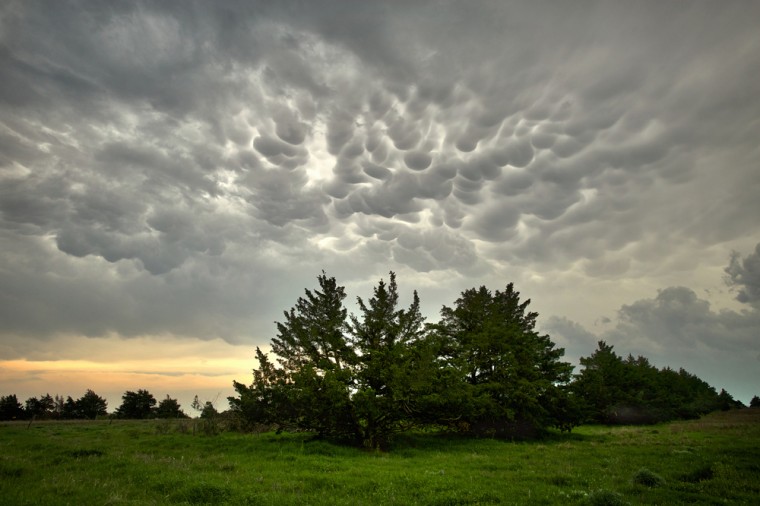
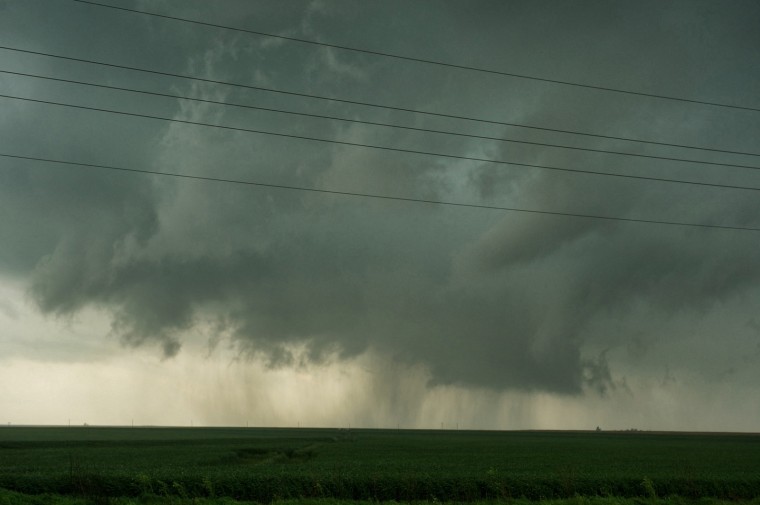
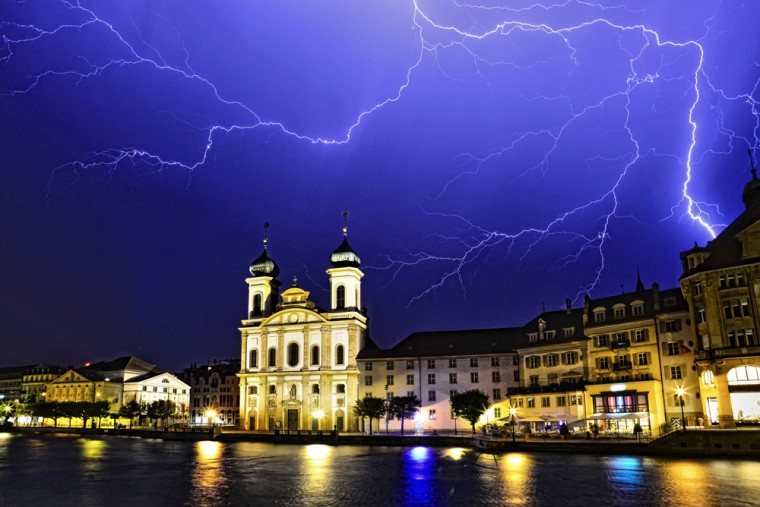
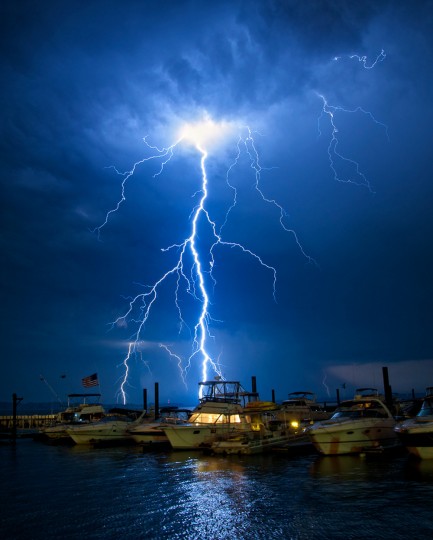
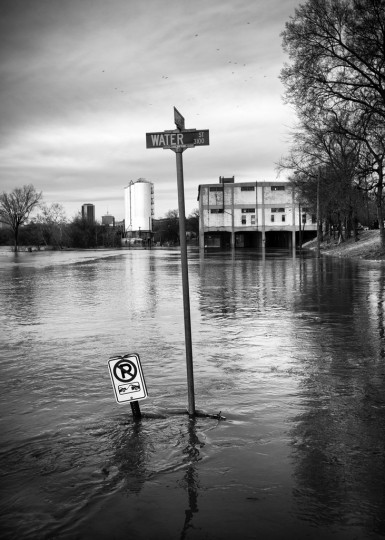
 Oriole's kitchen
Oriole's kitchen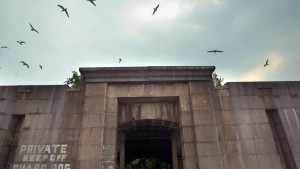 Abandoned citadel
Abandoned citadel Paris Auto Show
Paris Auto Show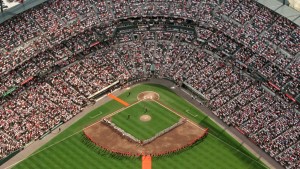 24 ways to see OPACY
24 ways to see OPACY Light Street
Light Street Ferguson, Mo., protests
Ferguson, Mo., protests Ebola outbreak
Ebola outbreak Park Heights
Park Heights Comic-Con
Comic-Con Underwater fashion
Underwater fashion Baltimore drone photography duo
Baltimore drone photography duo Best of: Preakness
Best of: Preakness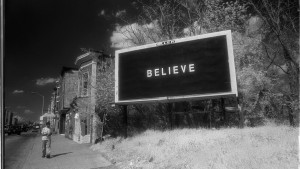 Believe billboards
Believe billboards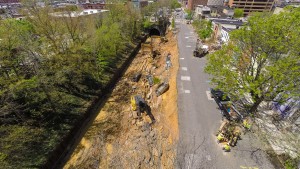 Baltimore landslide
Baltimore landslide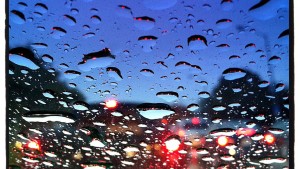 Take better phone photos
Take better phone photos Gaza Strip smuggling tunnels
Gaza Strip smuggling tunnels
Amazing photos and interview ‹ Hills and Heights
Sep 11, 2012 @ 08:43:35
Pingback from Hills & Heights
Olivia Lloyd
Sep 07, 2012 @ 12:20:36
Great interview! Jamie Betts is one of my favorite photographers! But his name is spelled Jamie, not Jaime.
Stokely Baksh
Sep 08, 2012 @ 17:15:11
Thanks! We caught that, and made the correction.